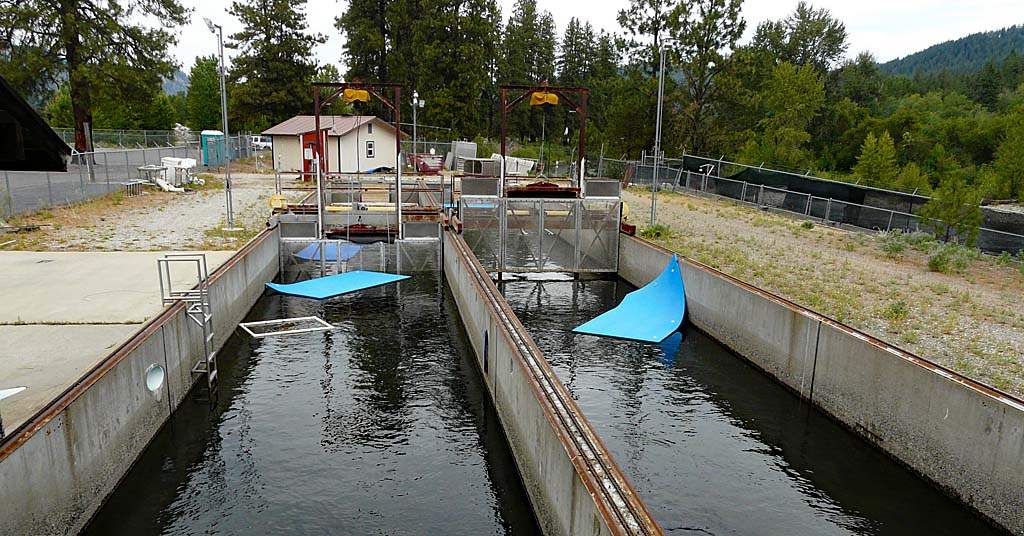Oregon tries to avoid future coronavirus testing shortage as national demand for testing kits soars
Published 3:30 pm Thursday, July 9, 2020

- Vehicles wait in line at a drive-thru COVID-19 testing site outside Hard Rock Stadium, Wednesday, July 8, 2020, in Miami Gardens, Fla. Florida is one of the nation's hot spots for coronavirus. Almost 10,000 confirmed cases were added Wednesday, bringing its total since March 1 to nearly 224,000. Almost 4,000 people have died.
SALEM — New cases of the novel coronavirus have been increasing in roughly three dozen states across the nation — leaving Oregon worried it might face a future testing shortage as states drastically up their demand for testing kits and supplies.
Oregon officials say the state could run into shortages over the next two months, potentially leaving some Oregonians who meet the state guidelines for getting a test unable to get one.
Trending
Officials with the Oregon Health Authority and the governor’s office say it’s becoming increasingly tough for the state — with a relatively low but still significantly rising number of new COVID-19 cases — to compete for testing materials against states in much more dire situations. That includes Florida, Texas and Arizona, where some intensive care units are close to or already have reached capacity because of the surge in coronavirus patients.
Nine laboratories at Oregon hospitals have already been impacted by supply shortages, and one has said it can no longer process tests in-house. The Oregon Health Authority wouldn’t name the hospital when asked.
If there’s good news, it’s that so far a shortage of testing kits and supplies doesn’t appear to have impacted Oregon’s numbers. Nearly 40,000 residents received test results last week. That’s a weekly record, and nearly double the tally from a month ago.
Charles Boyle, a spokesman for the governor’s office, told The Oregonian/OregonLive on July 8 that the state has tripled its request for testing supplies such as swabs from the federal government, but has been met with “lukewarm responses.” He said that could hamper Oregon’s ability to remain a “low-prevalence” state.
“We continue to be frustrated that Oregon has received a small fraction of testing equipment and supplies from the federal government compared to other states,” Boyle wrote in an email. “While we understand that states like Florida and Arizona with greater numbers of infections and hospitalizations than Oregon are taking priority, from the beginning of this pandemic we have essentially been punished for working proactively to contain Oregon’s COVID-19 outbreaks.”
He added: “These shortages could impact Oregon at a critical time.”
Trending
Oregon has reported 11,188 known cases and 230 deaths. After Gov. Kate Brown announced a statewide stay-at-home order that took effect March 23, cases leveled off and then began to drop slightly. But in late May, about two weeks after the governor began allowing most counties in Oregon to reopen, new cases began to dramatically increase to the record daily numbers the state recently reported. Thursday’s 389 new cases again set a record.
Though hospitalizations haven’t surpassed early April numbers, they also have been steadily climbing.
Boyle said in response to the rising numbers, Oregon has been working to implement a more aggressive testing plan, particularly by focusing on long-term care facilities, prisons, food-processing plants, frontline workers and members of “at-risk communities.”
The Oregon Health Authority has become a clearinghouse of sorts, taking testing supplies allocated by the federal government and distributing them to local labs and clinics across the state.
State officials last reported statewide testing capacity in mid-June at 33,000 tests a week, down from 37,702 reported in May.
National shortages
While the U.S. has conducted more tests than any other nation, it ranks in the middle of the pack in testing per capita.
Oregon has lagged behind per capita testing levels in the vast majority of states for most of the pandemic, testing largely only people with symptoms or people in targeted groups, such as minorities who’ve been infected by the disease at noticeably higher rates.
Officials are scrambling not just to acquire more testing kits and supplies — but simply to try to prevent the situation from worsening.
Dr. Melissa Sutton, who monitors lab capacity for the Oregon Health Authority, said the state is trying to expand the network of laboratories it depends on to process tests.
These new laboratories use different supplies than the laboratories the state currently relies upon, she said. The idea is to diversify so if certain types of supplies run dry — hindering some labs from processing tests — other labs with different testing platforms could keep going, Sutton said.
Increasing demand is already leading to testing shortages in select states, where some people are now waiting hours to be tested in lines of cars that can stretch for miles. Some are being turned away. In Louisiana and Alabama, testing sites have run out of tests minutes after they’d opened for the day.
People who are tested also are waiting longer to get their results back. In California, more than a week has passed before some residents have received their results.
So could there be a day in the not-so-distant future when even Oregonians with symptoms aren’t able to get a coronavirus test?
“We’re doing everything in our power,” Sutton said, “to avoid returning to that place where not everyone had access to a test.”









